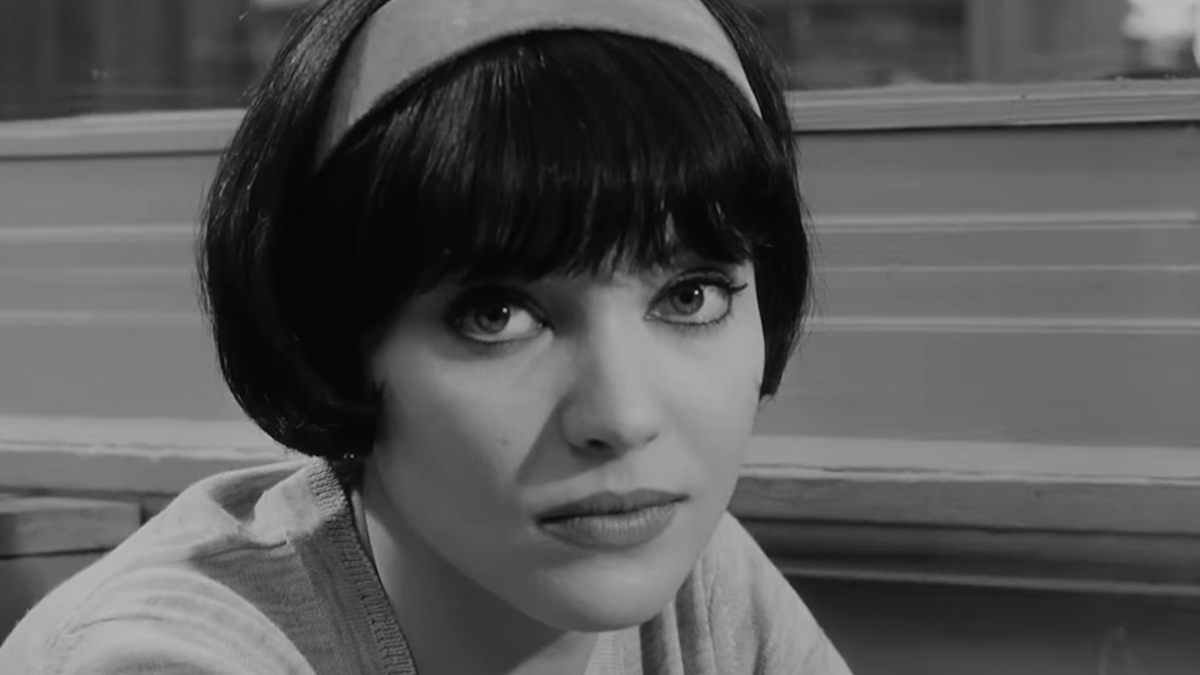
The 1960s is so much more than groovy hippies, progressive rockers, and mod fashionistas. And as far as movies go, they had some of the greatest characters ever imagined.
While Hollywood kept chugging along with polished studio fare, the popularity of foreign-language movies pushed the envelope of movies forward with challenging stories, themes – and oftentimes, unusual characters. The New Wave movements from France, Japan, and Italy, not to mention the revival of Westerns throughout Europe, introduced a slew of attractive, amoral antiheroes. Meanwhile, in the States, several of the biggest stars in Hollywood kept their profiles up by playing some of the most iconic characters ever in cinema.
From wisecracking gunslingers to troubled women to cowboys riding atop nuclear warheads, below are 32 of the greatest movie characters from the 1960s.
32. Col. George Taylor (Planet of the Apes)
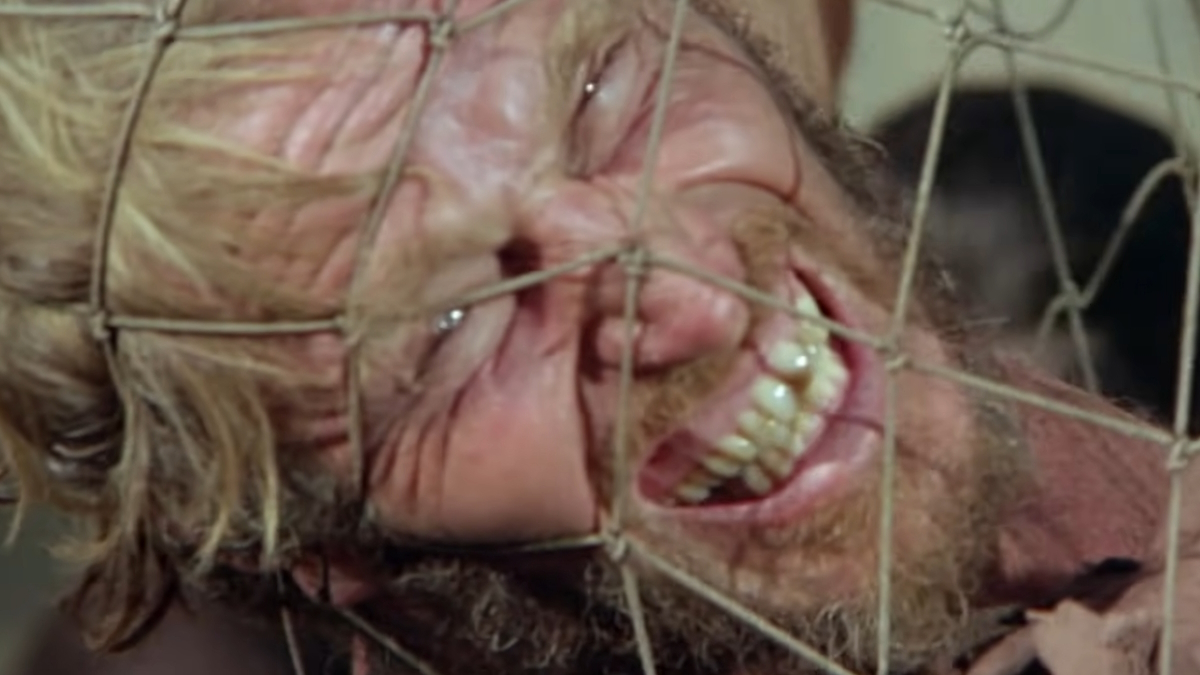
When Charlton Heston’s Colonel George Taylor, a human astronaut, finally utters speech in the 1968 sci-fi classic Planet of the Apes his words boom like a nuclear blast, and the subsequent silence from walking, talking apes is equally deafening. In a futuristic Earth ruled by hyper-intelligent simians and where mankind are unintelligible savages, Col. Taylor is the avatar for all of humanity, his remnant of a powerful but arrogant species doomed to realize our great fall from dominance.
31. Rosemary Woodhouse (Rosemary’s Baby)
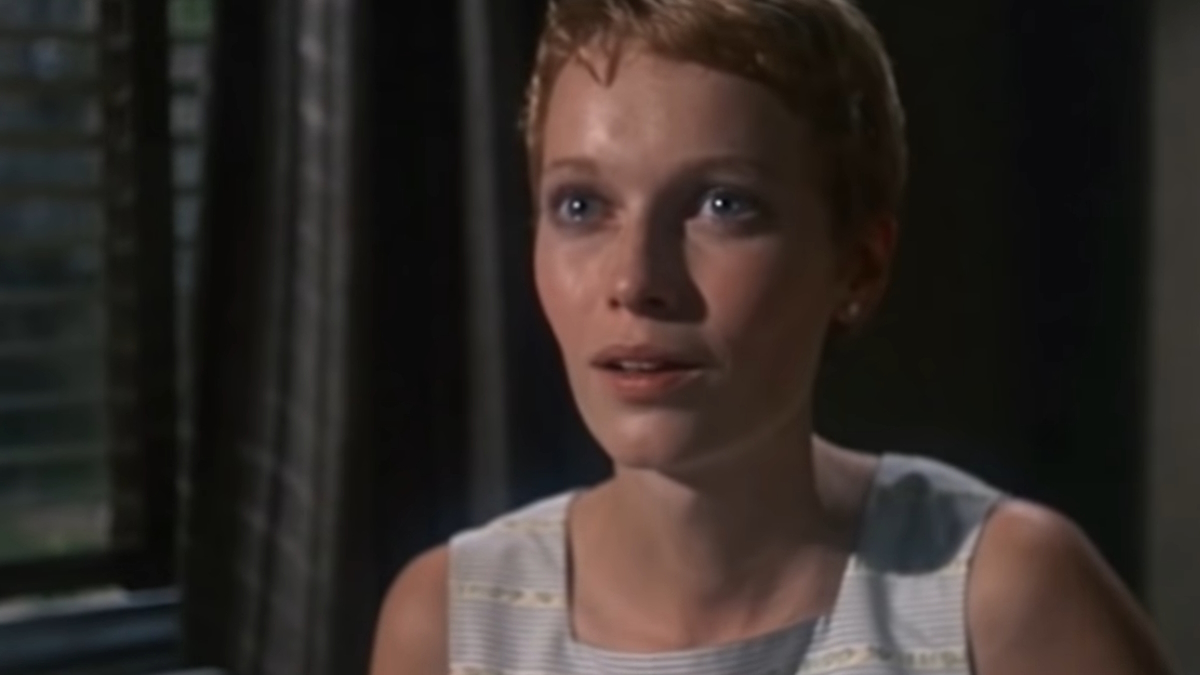
It’s unfortunate and ironic that one of the best movies about a woman’s loss of agency comes from director Roman Polanski. Still, Polanski’s 1968 psychological horror classic Rosemary’s Baby is searing, with a most expressive Mia Farrow at its center. Farrow plays Rosemary Woodhouse, a young wife to a successful New York theater actor whose pregnancy ushers in all kinds of unexplainable trouble and hauntings in their new apartment. Rosemary’s Baby features one of the darkest endings of all time, and so much of it informs our lasting memory of Rosemary – an innocent woman, wholly corrupted from within by unspeakable evil.
30. Lucky Jackson (Viva Las Vegas)
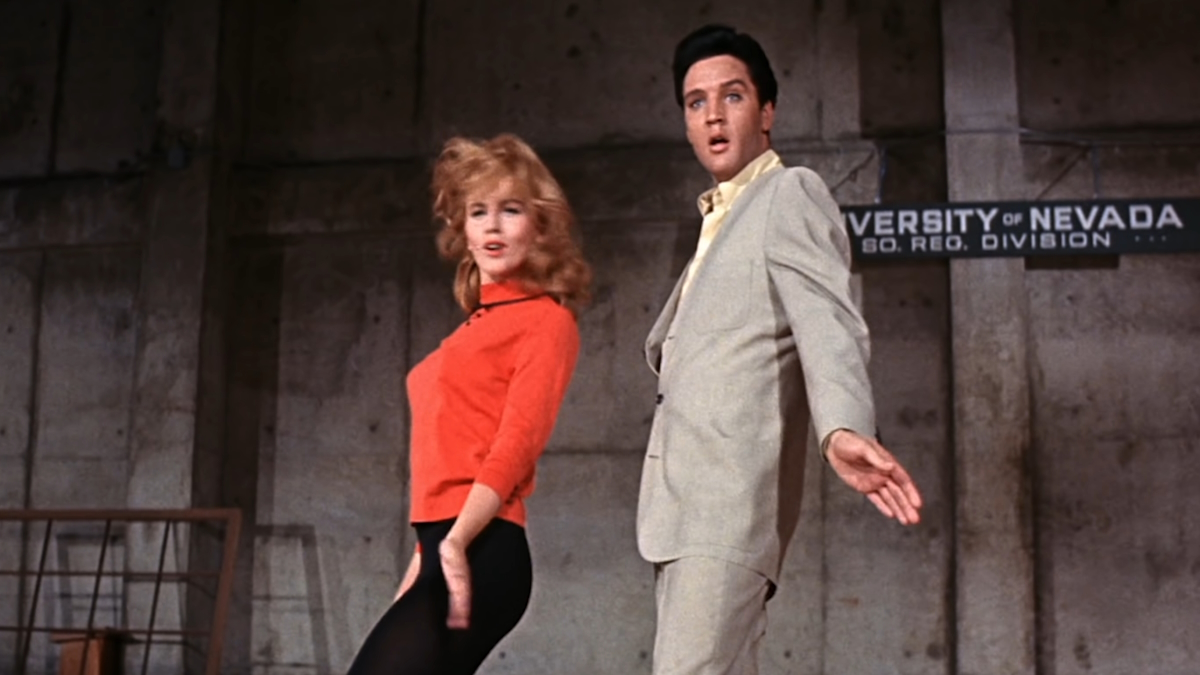
One of Elvis Presley’s definitive movies, Viva Las Vegas stars the rock ‘n roll titan as a singing race car driver who falls in love with a Las Vegas hotel swimming teacher (played by the beautiful Ann-Margret). While Lucky Jackson is uncomplicated, he is the picture-perfect definition of cool thanks to a white hot Presley, whose effortless stage presence translated nicely into a movie career for over a decade. Even if so much of the movie is forgettable, its title song “Viva Las Vegas” is so obnoxiously catchy, and Presley’s performance sells its magnetism.
29. Old Woman (Onibaba)
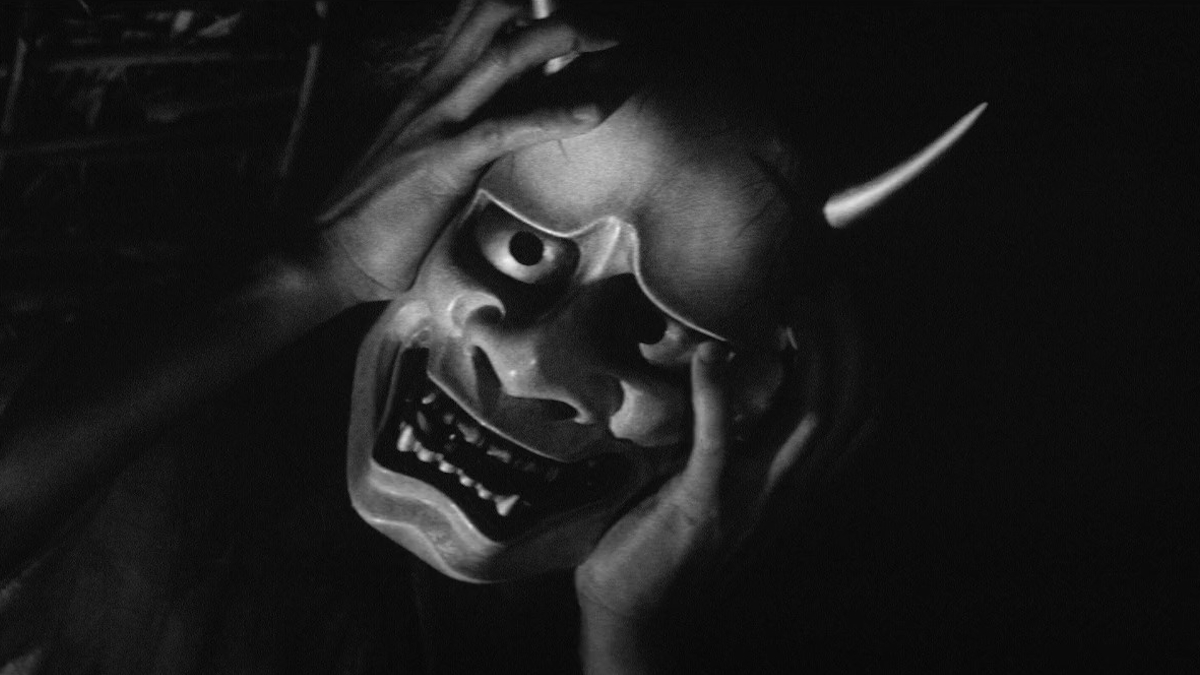
In Kaneto Shindo’s haunting horror classic Onibaba, set in the 14th century, two women – an old woman (played by Nobuko Otowa) and her young daughter-in-law (Jitsuko Yoshimura) – ensnare lost samurai, dispose of their bodies, and sell their wares for money. Eventually, jealousy and suspicion divides the scheming women into their own bitter civil war, with Otowa’s character succumbing to a sinister supernatural entity (via a demonic face mask). Otowa’s spine-chilling performance reveals the abject darkness of a woman realizing her fate in the literal face of evil, creating a lasting visage of mankind’s own helpless to eldritch forces.
28. Michel (Breathless)
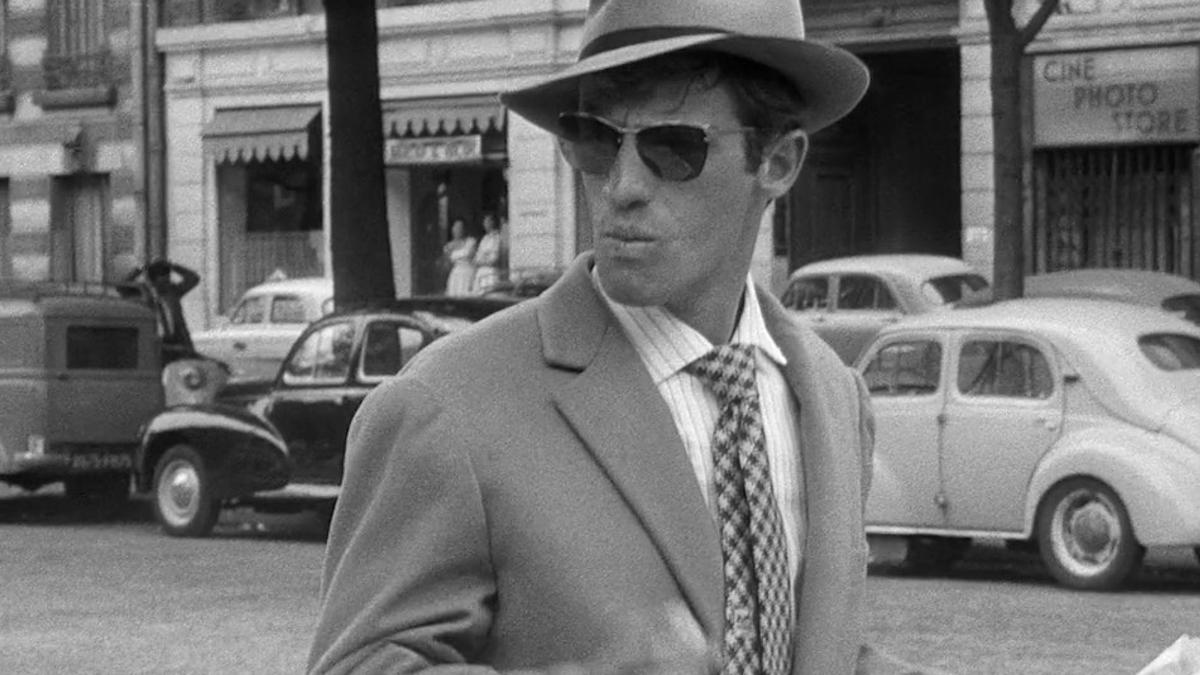
The prototypical hero of French New Wave cinema, Michel, played by Jean-Paul Belmondo, is the doomed protagonist of Jean-Luc Godard’s revered masterwork Breathless. A petty criminal who suffers from short-sightedness and delusions of romanticism, Michel intentionally models himself after Humphrey Bogart, and through his fling with a beautiful American journalism student in Paris, his fetishism for Hollywood-style happy endings reads as ironic given the grim fate that awaits him. Michel is not a bad guy. Not really, anyway. He’s just a little lost in his own fanciful self-image making.
27. King Ghidorah (Ghidorah, the Three-Headed Monster)
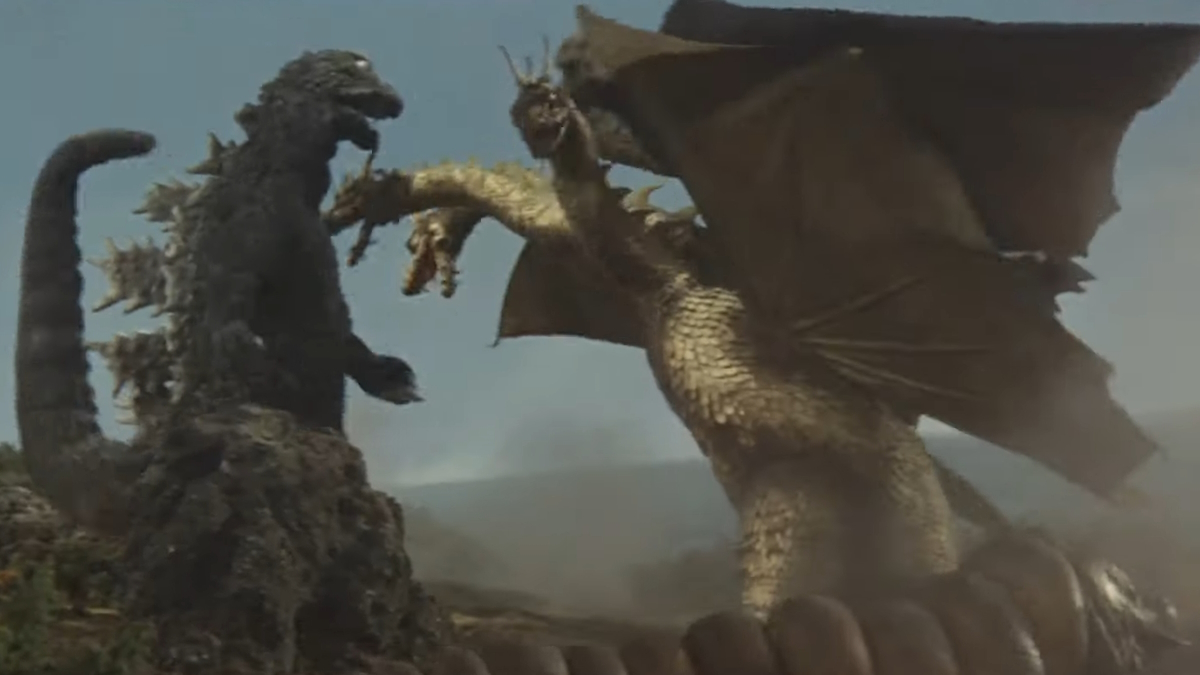
In 1954, Godzilla rose from the depths and stomped through Tokyo, laying waste to the place with his atomic breath. Ten years later, Godzilla became Earth’s protector from an even greater menace: Ghidorah, a three-headed golden dragon evocative of Japanese myth. No matter his origins be it ancient or alien, Ghidorah – who made his screen debut in the 1964 picture Ghidorah, the Three-Headed Monster – enjoys enduring status as one of Godzilla’ biggest rivals, a beast capable of immense destruction. Ghidorah is just an all-time great movie monster, and soars above others in the Godzilla canon for his sheer intimidating presence.
26. Barbarella (Barbarella)

Before Princess Leia appeared in a galaxy far, far away, there was Barbarella. A sultry space warrior given life by the effervescent Jane Fonda, Barbarella is a high-energy heroine who wears her sexuality on her sleeve. (Well, she would, if she had any sleeves.) A late 1960s homage to salacious pulp comic books, Fonda’s Barbarella is gleefully silly, offering thematic depth that’s only skin-deep. Still, through the talent and beauty of one Jane Fonda, Barbarella is an iconic sci-fi screen queen who can make space too hot to handle.
25. Christine (Eyes Without a Face)

It’s poetic that in Georges Franju’s Eyes Without a Face, it is the one with the most hideous facial deformity whose conscience remains intact. In Franju’s French horror classic, Édith Scob stars as Christine, the presumed-dead daughter of celebrated physician Dr. Génessier (Pierre Brasseur). In truth, Christine is the survivor of a violent car accident, and in her isolation suffers from devastating scars. This leads Dr. Génessier (and his assistant) to kidnap beautiful young women and harvest their faces for experimental procedures to “cure” Christine’s ailment. But while her father has become a monster, Christine maintains her humanity, even if outside society would shun her in return.
24. Butch Cassidy and Harry Longabaugh (Butch Cassidy and the Sundance Kid)
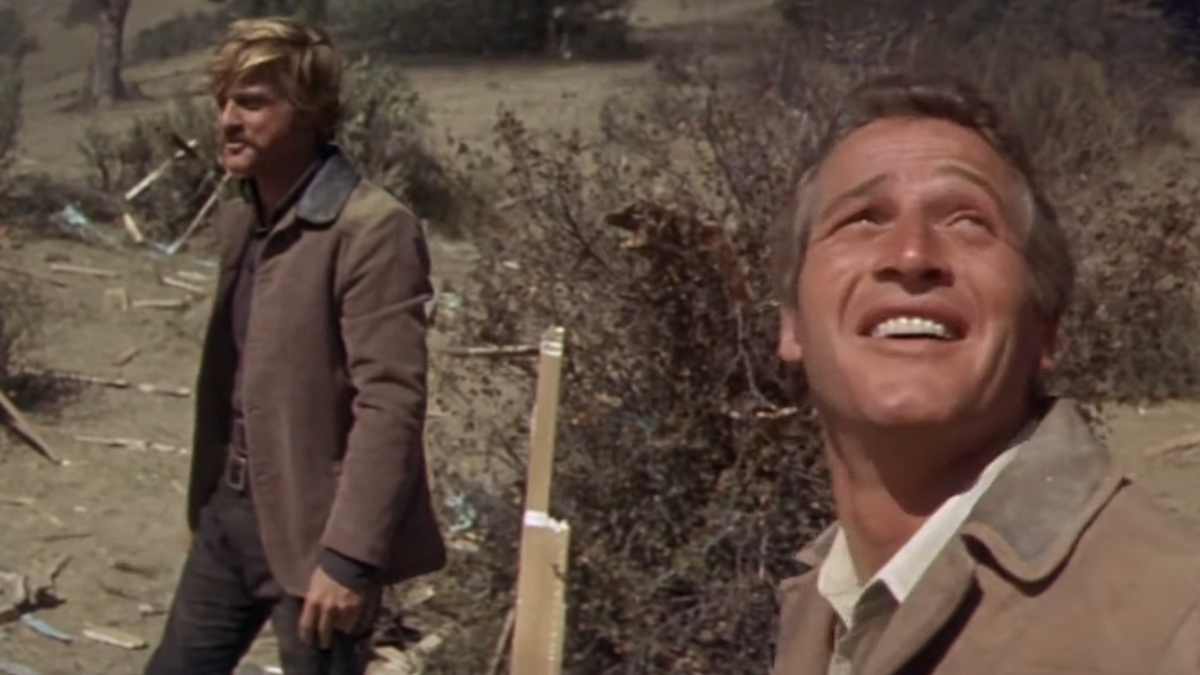
In their first outing as an onscreen pair, Paul Newman and Robert Redford shone bright as the outlaw gunslingers Butch Cassidy and “Sundance Kid” Harry Longabaugh. Boasting complementary contrast personalities – Butch being the exuberant shot-caller, and Harry preferring to keep his hat brim low and attention fixated on schoolteacher Etta – the two earn their place as one of cinema’s best male duos, being the blueprint for action-comedy pairs for decades to come. Way before social media and TikTok popularized the idea of having a “ride and die,” Butch Cassidy and Harry Longabaugh lived up to that spirit, enjoying immortality in their freeze-frame closing shot.
23. Dolores Haze (Lolita)
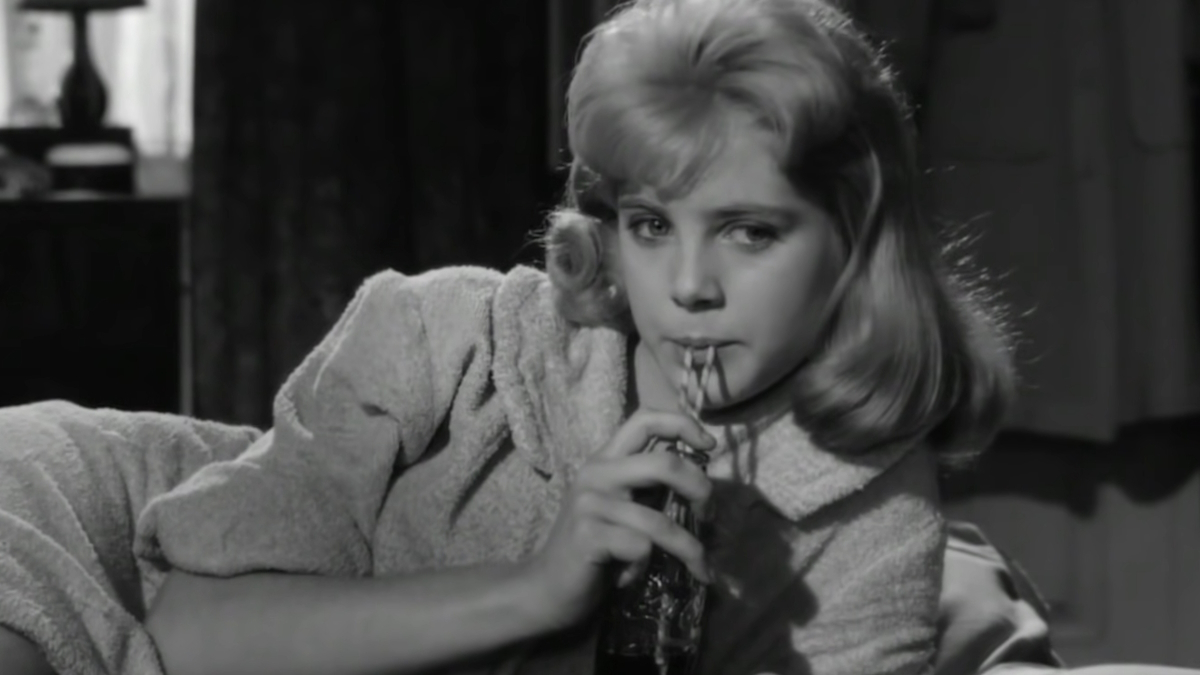
How did they ever make a movie of Lolita? They cast 14-year-old Sue Lyon, is how. In Stanley Kubrick’s controversial yet celebrated adaptation of Vladimir Nabokov’s novel, Lyon plays Dolores Haze, the object (and indeed, she is an object) of affection from middle-aged professor Humbert Humbert. For all the readings one can take to Lolita, both the novel and its inextricable film versions, there is always the matter of Dolores herself. She never once uses the nickname “Lolita.” It’s used by others, in effect robbing her of subjectivity.
Sadly, Lyon’s memorable portrayal came with eerily fitting downsides to herself, as Lyons subsequently expressed difficulty maintaining her mental and emotional health after being thrust into fame at a young age over her sexuality. In 1996, Lyons told The Independent: "My destruction as a person dates from that movie. Lolita exposed me to temptations no girl of that age should undergo. I defy any pretty girl who is rocketed to stardom at 14 in a sex nymphet role to stay on a level path thereafter.”
22. Dolly Levi (Hello, Dolly!)

In most versions of the musical Hello, Dolly!, Dolly Levi is a beloved middle-aged woman whose new lease on life has her eager to match up singles and meddle in the affairs of others. In the 1969 film version with superstar Barbara Streisand, Dolly Levi is tad more coarse, but she’s no less a treat to witness, being so lively and as colorful as her resplendent wardrobe. Although Streisand reportedly did not get along with either her co-star Walter Matthau and director Gene Kelly behind the scenes, it did not dampen Dolly Levi from exploding with radiance.
21. Lucas “Luke” Jackson (Cool Hand Luke)
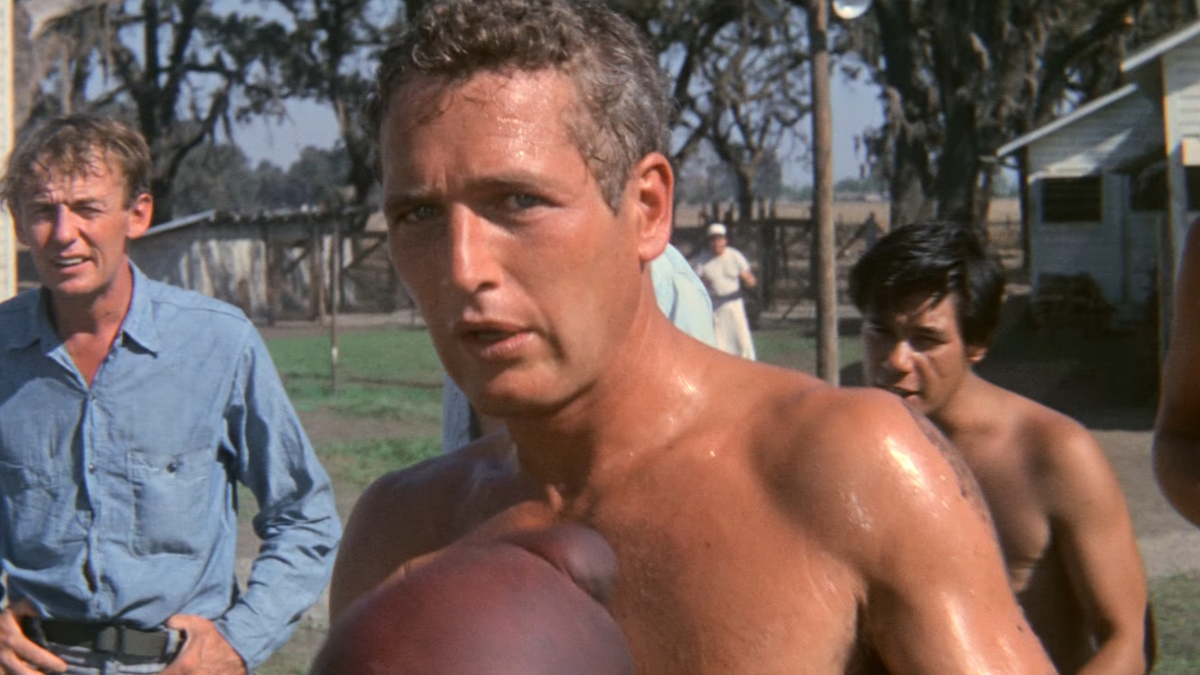
Paul Newman forever cemented his place in movie history for his performance as rebellious prison inmate Luke Jackson, in Stuart Rosenberg’s 1967 classic Cool Hand Luke. As Newman’s unmatched movie star charisma bleeds through Luke’s dirty prison yard threads, Luke becomes the patron saint of defiance, disrupting his oppressive establishment with a true sense of humor. An aspirational figure of anarchy, Luke Jackson makes stirring disorder on the chain gang look so damn good.
20. Lt. Frank Bullitt (Bullitt)
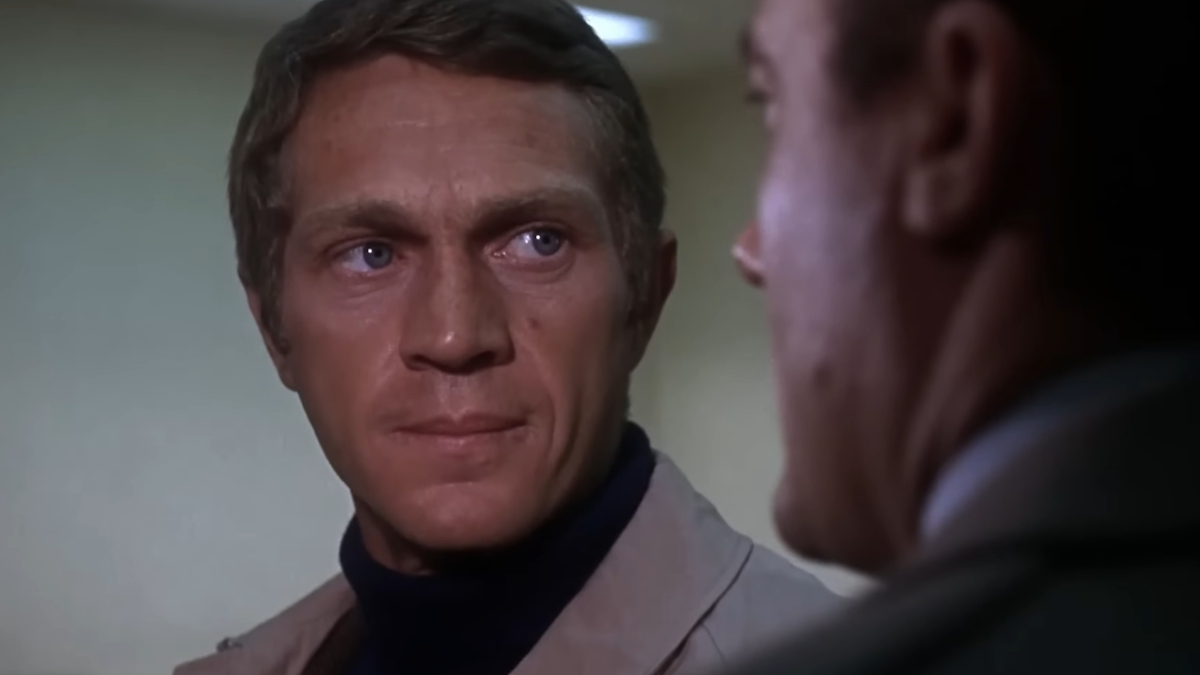
He drives a Mustang like no other man can, and he looks good while doing it. In the movie that has come to define the career of Steve McQueen, McQueen plays hard-boiled San Francisco police detective Frank Bullitt who investigates a case involving the Chicago mob. Honestly, the story specifics don’t matter. Because all anyone really remembers about Bullitt, besides the epic car chase, is how cool Frank Bullitt is. As played by McQueen, Frank Bullitt walks and talks like he leapt out of a magazine. Between his drool-worthy turtleneck sweater and enviable Ford Mustang, characters like Bullitt ran so others like John McClane and John Wick could run.
19. Ryunosuke (The Sword of Doom)
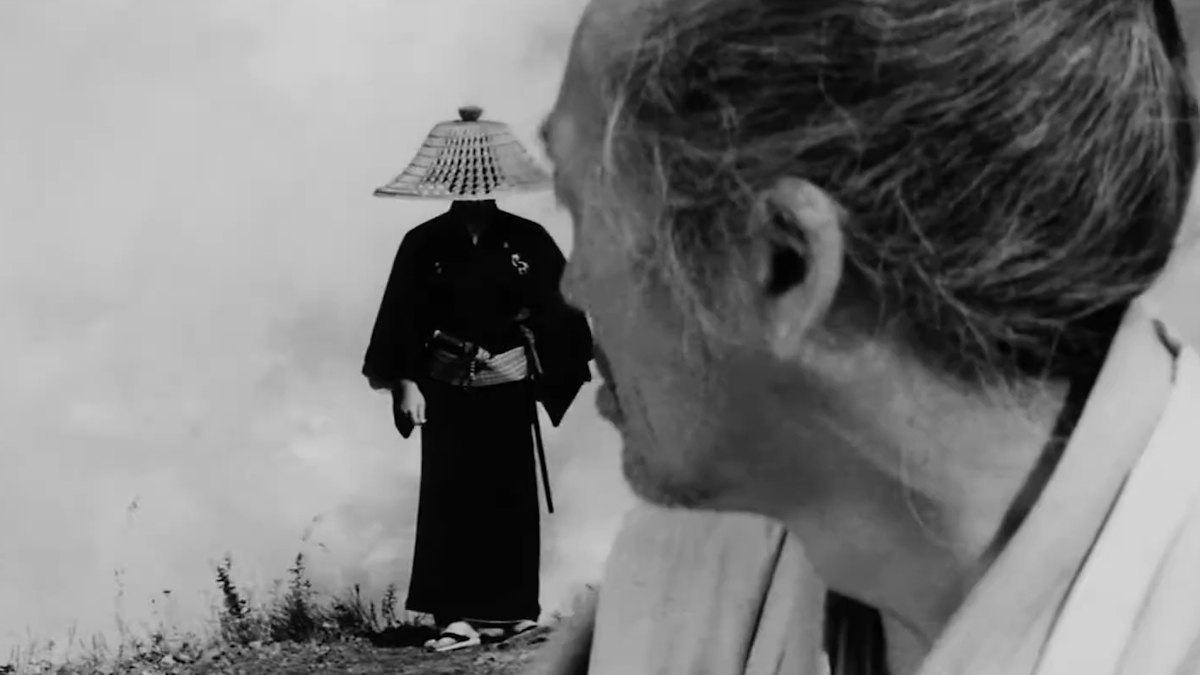
In defiance to popular conceptions of samurai as noble soldiers who valued honor, Kihachi Okamoto’s 1966 movie The Sword of Doom tells of an amoral swordsman, Ryunosuke (Tatsuya Nakadai), who wanders feudal Japan to leave a trail of bloodshed in his path. Cold and cruel, Ryunosuke utilizes his own style of swordplay, a sinister form dubbed “Silent Stance” that tricks opponents to draw them in before cutting them down. A dark antihero who lives and fights only for himself, Ryunosuke is one of the most fearsome characters in samurai movie history, being someone who makes a quiet mockery of the Bushido code just by being faster, stronger, and deadlier than anyone who stands in his way.
18. Maria Von Trapp (The Sound of Music)
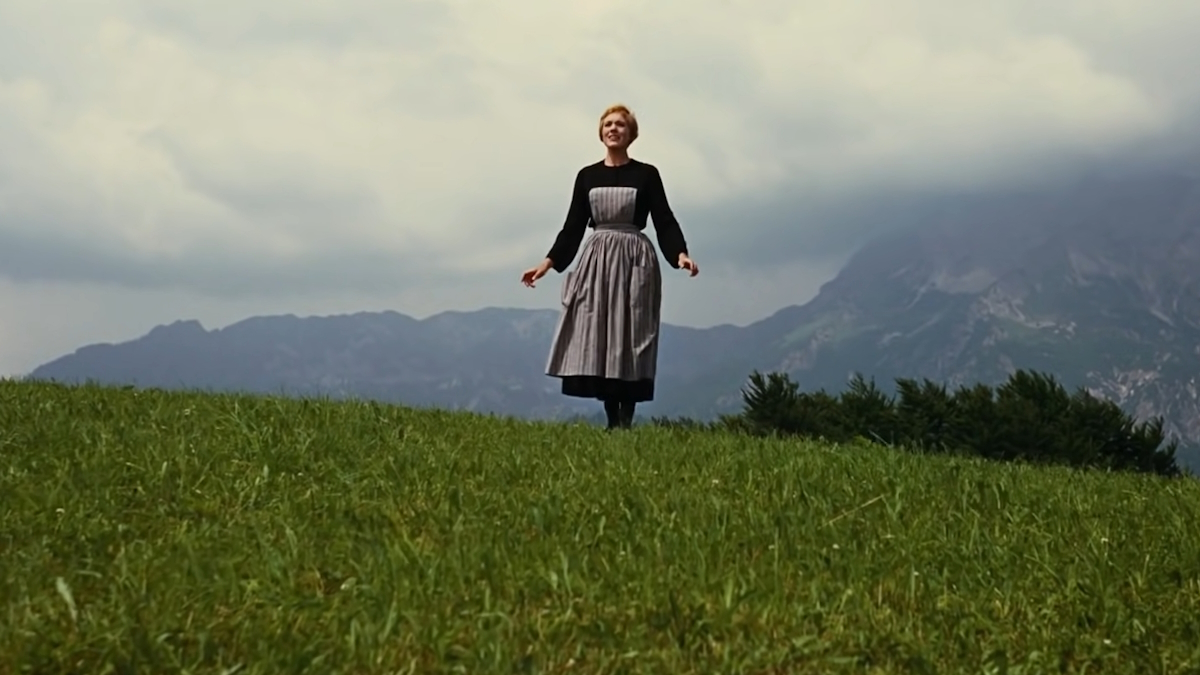
How do you solve a problem like Maria? One year after Julie Andrews played a magical nanny to some British brats in Mary Poppins, she again became governess to seven Austrian misfits in Robert Wise’s movie version of Roger & Hammerstein’s The Sound of Music. While Mary Poppins floats with all the Disney magic, Andrews’ Maria Von Trapp is more grounded, being an instructive teacher in what it means to relish life and take on its many challenges with a song. With Andrews’ towering performance, Maria Von Trapp is hardly a “problem” that needs solving.
17. Major T.J. Kong (Dr. Strangelove)
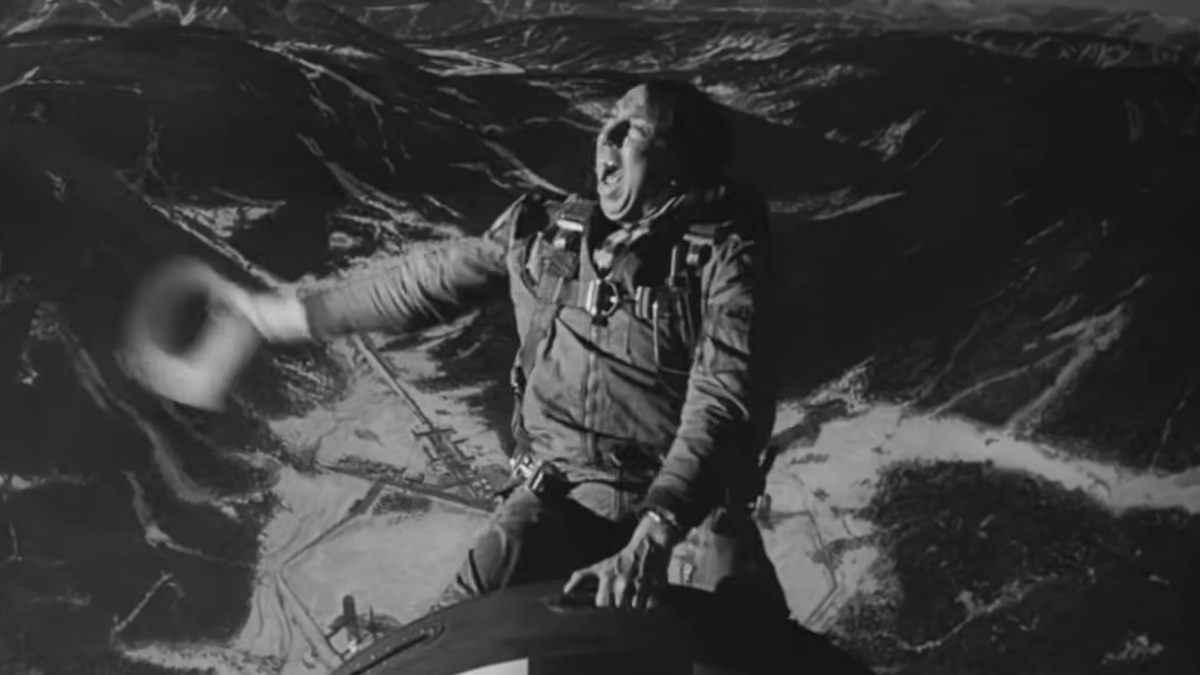
Peter Sellers plays multiple characters in Stanley Kubrick’s Dr. Strangelove, yet there’s one character he doesn’t play who inspires one of its most enduring images. Slim Pickens co-stars in the 1964 war satire as Major T.J. “King” Kong, a cartoonishly patriotic B-52 commander who rides an H-bomb to the ground, hootin’ and hollerin’ the whole way down. The best part is that Pickens was not told that the movie was a black comedy, and his whole performance is the result of playing the part as straight as possible. Even better: According to Kubrick biographer John Baxter in a documentary interview, Slim Pickens showed up to set on his first day dressed head to toe in cowboy clothing. Everyone thought he arrived in costume. They learned later that Slim Pickens just always dressed like that in real life.
16. Mrs. Robinson (The Graduate)
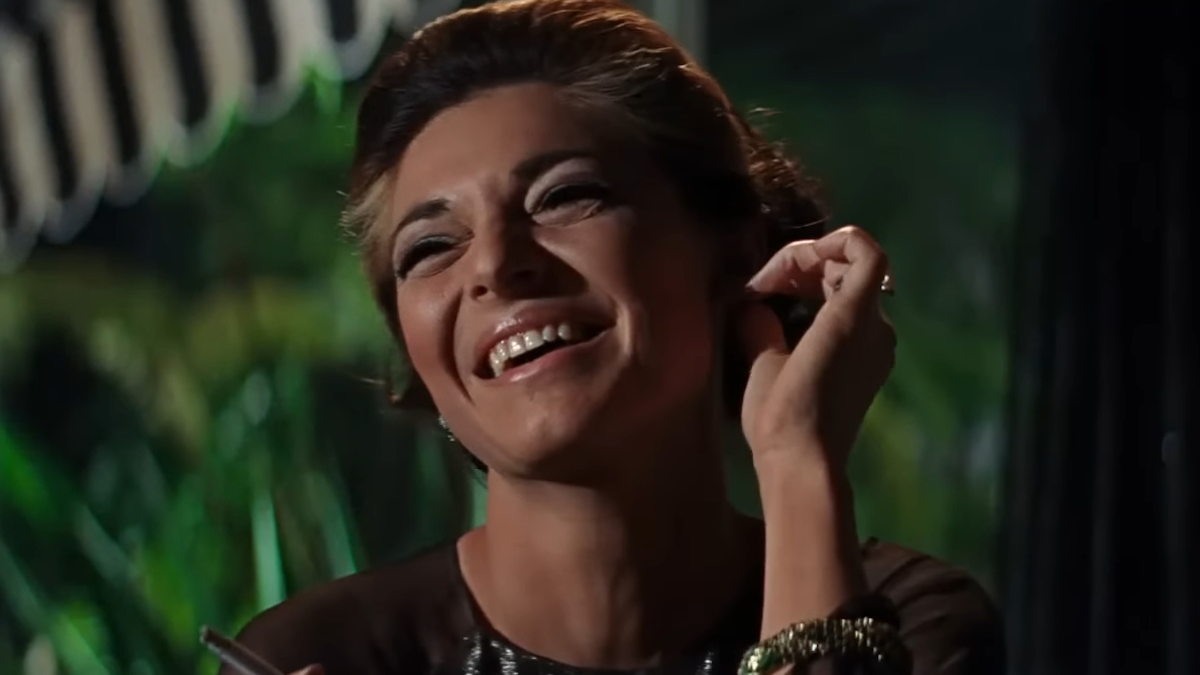
Here’s to you, Mrs. Robinson. In Mike Nichols’ timeless rom-com drama, Anne Bancroft stars as the unpredictable seductress Mrs. Robinson, a middle-age woman in a loveless marriage who ignites a steamy affair with young college graduate Benjamin (Dustin Hoffman). Slowly, Mrs. Robinson becomes the movie’s antagonist, using their affair to keep Benjamin from dating her daughter Elaine. Highly emotional and manipulative, Mrs. Robinson is proof that some of the best movie villains are those who can lure you in with a smile and a smoke.
15. “Pierrot” Ferdinand and Marianne (Pierrot le Fou)
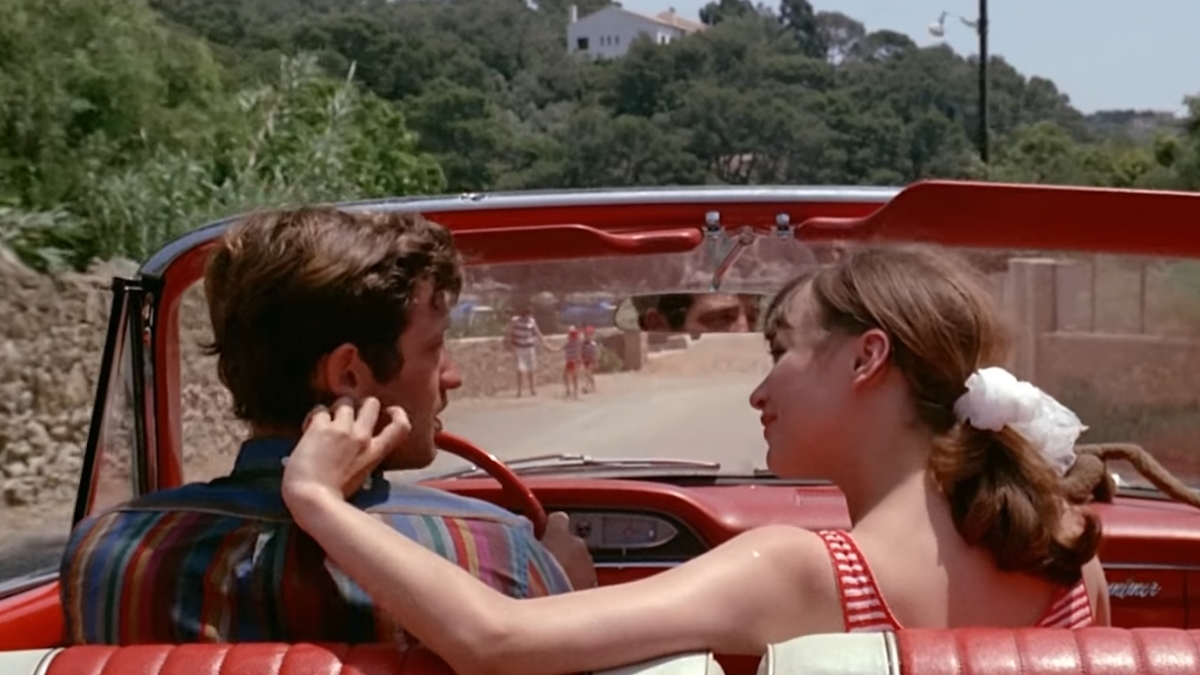
In Jean-Luc Godard’s tenth movie Pierrot le Fou, which is widely regarded as his masterpiece and the epitome of the French New Wave, frequent collaborators Jean-Paul Belmondo and Anna Karina team up as Ferdinand and Marianne respectively. Ferdinand, a husband dissatisfied with modern living, chooses to run away to the Mediterranean with Marianne, an ex-girlfriend on the run from government assassins. The two embark on a life of crime, a true 1960s version of Bonnie and Clyde, except with a lot more car explosions, gunfire, and breaking of the fourth wall. Together, they’re some of the best characters ever to emerge in French cinema, and they claim their spot in their own unusual ways.
14. Paul’s Grandfather (A Hard Day’s Night)

Everyone’s entitled to two. In the surreal comedy A Hard Day’s Night starring the legendary rock band The Beatles, Wilfrid Brambell stars as John McCartney, Paul McCartney’s “grandfather” who accompanies the band on their trip to and around London. Acting like a trickster straight out of a storybook, “Paul’s Grandfather” thumbs his nose at any notion that he’s just a kind old man by getting into all kinds of trouble, from spontaneously getting re-married to trying to hawk forged autographs. Even in a movie jam-packed with jokesters, Paul’s Grandfather delightfully stands apart, behaving as if the whole movie is actually all about him.
13. Inspector Jacques Clouseau (The Pink Panther)

Clumsy yet always on the case no matter how much you beg him not to be, Inspector Jacques Clouseau takes a comic funhouse mirror to the heroes of hard-boiled mysteries. Originating in the 1964 satire The Pink Panther from Blake Edwards, Clouseau was something of a discovery being played by Peter Sellers. The film actually centers around David Niven’s Sir Charles Lytton, a gentleman thief trying to thwart the inept Clouseau. During production, the filmmakers realized how much of a scene-stealer Sellers’ Clouseau was, and thus began tailoring the movie around him instead of its actual “main” character. While Clouseau helped turn The Pink Panther into a franchise, his first appearance in the first movie is outsized hilarity at its best.
12. HAL 9000 (2001: A Space Odyssey)
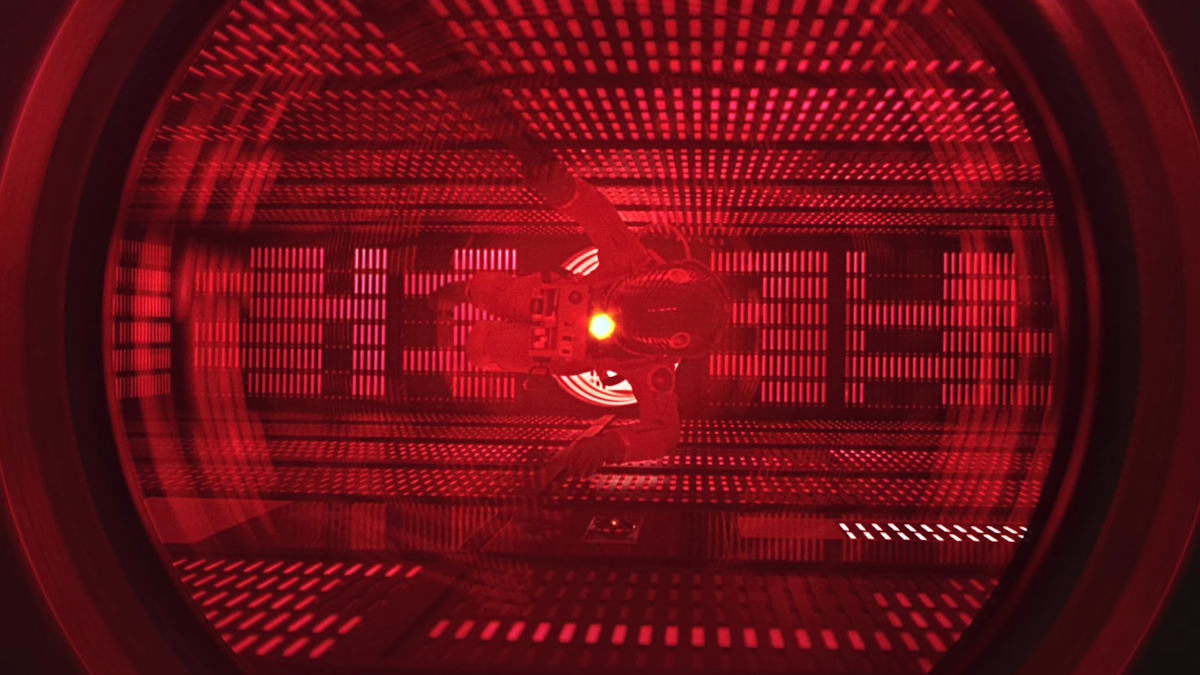
As science fiction matured as a movie genre in the 1960s, Stanley Kubrick’s immortal classic 2001: A Space Odyssey showed how artificial intelligence can be naturally terrifying. In Kubrick’s movie, the chillingly soft-spoken supercomputer HAL 9000, which was designed to assist scientists aboard the spacecraft Discovery One on their way to Jupiter, becomes their enemy by killing them, using the ship to whittle the crew down one by one. Though by all accounts a villain, HAL 9000 raises questions mankind still doesn’t know how to answer after all these years, such as the value of a life even if they are “just” machines.
11. Corie Bratter (Barefoot in the Park)
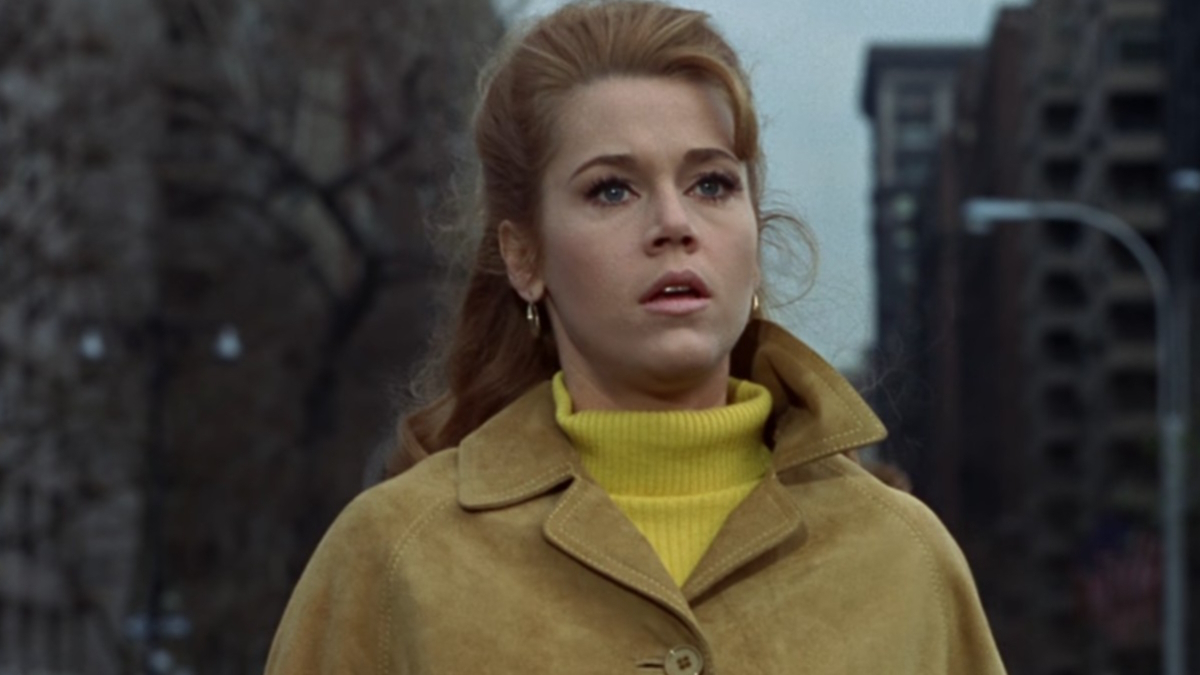
In Gene Saks’ uproarious movie version of Neil Simon’s stage play, Jane Fonda plays vivacious and passionate Corey, newlywed wife to conservative-minded lawyer Paul (Robert Redford). While Paul keeps his feet to the ground, Corey does all she can to make their marriage feel heavenly, even when a hole in their glass roof makes that too literal for comfort. Sexy and sensational, Corie and indeed Barefoot in the Park as a whole is a movie sometimes overlooked and underestimated in the canon of ‘60s movies. But it’s one of the most buoyant comedies of the decade, and Fonda’s boundless appeal as Corie makes the movie a dream.
10. Ben (Night of the Living Dead)
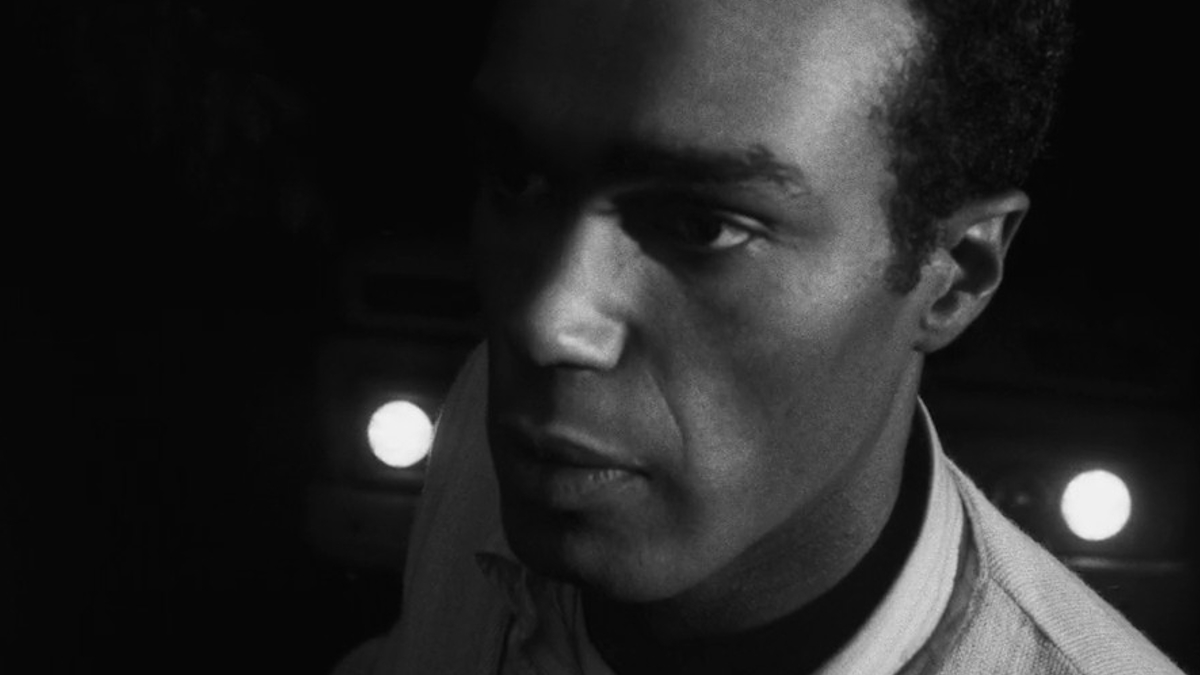
In George Romero’s foundational zombie horror movie Night of the Living Dead, actor Duane Jones stars as Ben, a stranger who becomes the de facto leader of a group of people in rural Pennsylvania on the night the undead learn to walk among the living. While audiences learn precious little about who Ben really is before the movie, he still shines as the prototype for future survival horror protagonists. Night of the Dead was revolutionary for its time, and in some ways still is, for casting a Black male actor like Jones as its primary lead. His presence stands in defiance to conventional wisdom about how movies sell, what stories Black men can anchor, and how its chilling ending shows how our prejudices make us blind to our real enemies.
9. Guido Anselmi (8 ½)
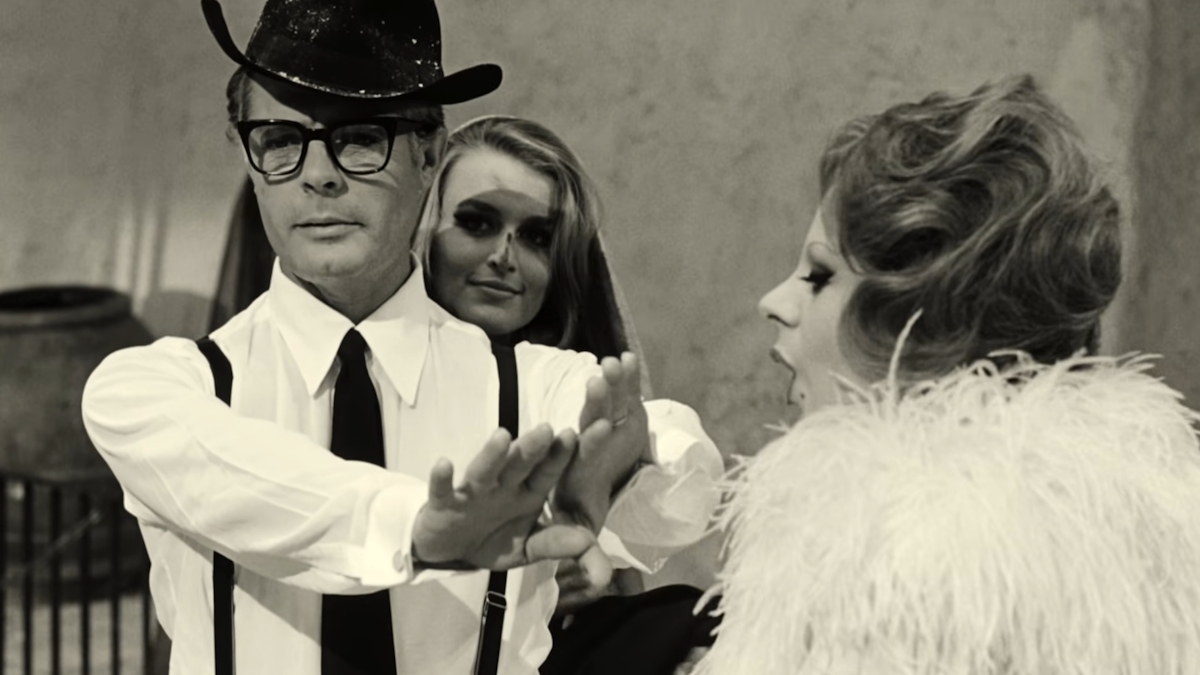
As a stand-in for director Frederico Fellini, Marcello Mastroianni’s portrayal of a filmmaker suffering a creative dry spell allows his celebrated movie 8 ½ to take on a significant air of self-reflection. (The title, too, is an explicit nod to Fellini’s career, referencing his eight previous movies.) However, Fellini looks nothing like his projected alter ego: Guido Anselmi, a masculine artist with silver hair who hides his smoldering eyes behind expensive sunglasses. Never before have tortured visionary souls looked so stylish, and Guido Anselmi is their paragon.
8. Holly Golightly (Breakfast at Tiffany’s)
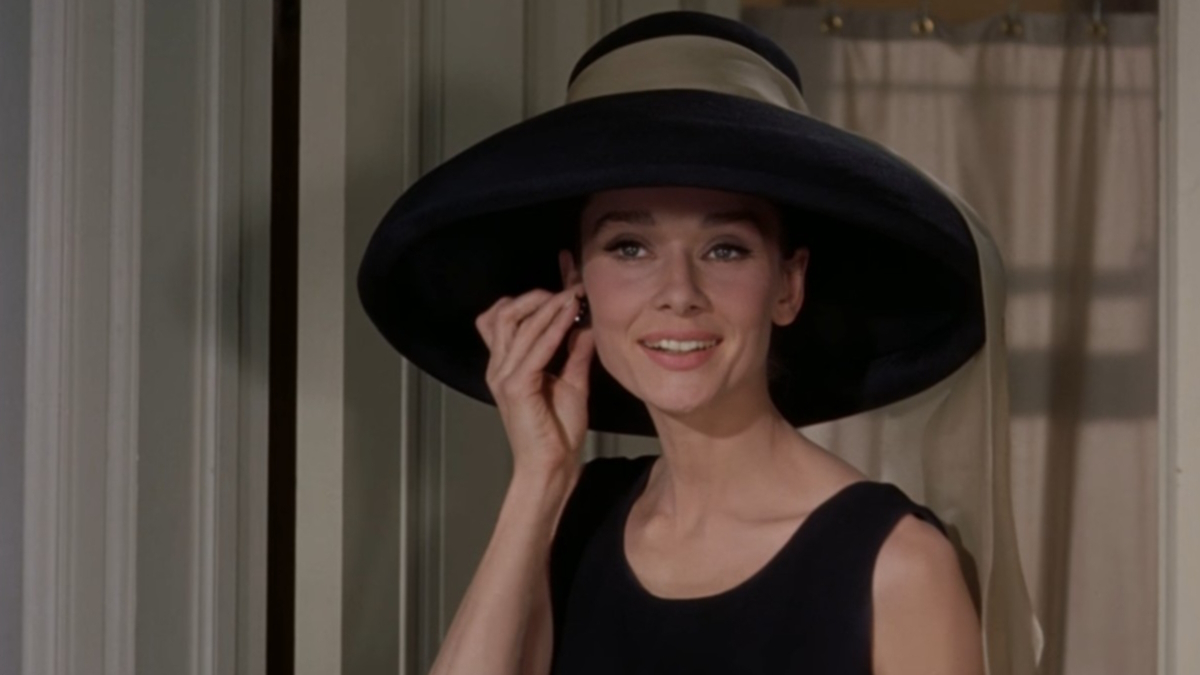
Blake Edwards’ film version of Breakfast at Tiffany’s makes a few critical tweaks to the character of Holly Golightly from Truman Capote’s original novel. But the sheer luminescence of the one and only Audrey Hepburn allows Holly to feel dimensional and complex despite her chic exterior. Holly is not only a style icon embodying metropolitan mod fashion of the ‘60s, she is also a dreamlike figurine, an entity who could only be created in the sealed environments of a Hollywood rom-com yet still feel alive enough to step out of the screen. She’s beautiful and sophisticated, yet never too good for a hearty laugh. That she’s as troubled as she is lonely adds to her appeal. Even the fashion magazines are prone to having wrinkles.
7. Nana (Vivre sa vie)

Movies don’t always have happy endings. People who chase their dreams aren’t always rewarded for their efforts and perseverance. That’s the haunting idea underscoring Jean-Luc Godard’s dark French New Wave drama Vivre sa vie. Anna Karina stars as a beautiful young Parisian named Nana who leaves her husband and infant child to pursue an acting career, but turns to prostitution to make ends meet. Vivre sa vie’s cruel ending is not just harsh in its construction – an explosion of violence, followed by an abrupt cut to black – but how careless it discards its complex lead character, an individual we’ve seen express the full range of humanity only to be suddenly left behind.
6. Norman Bates (Psycho)
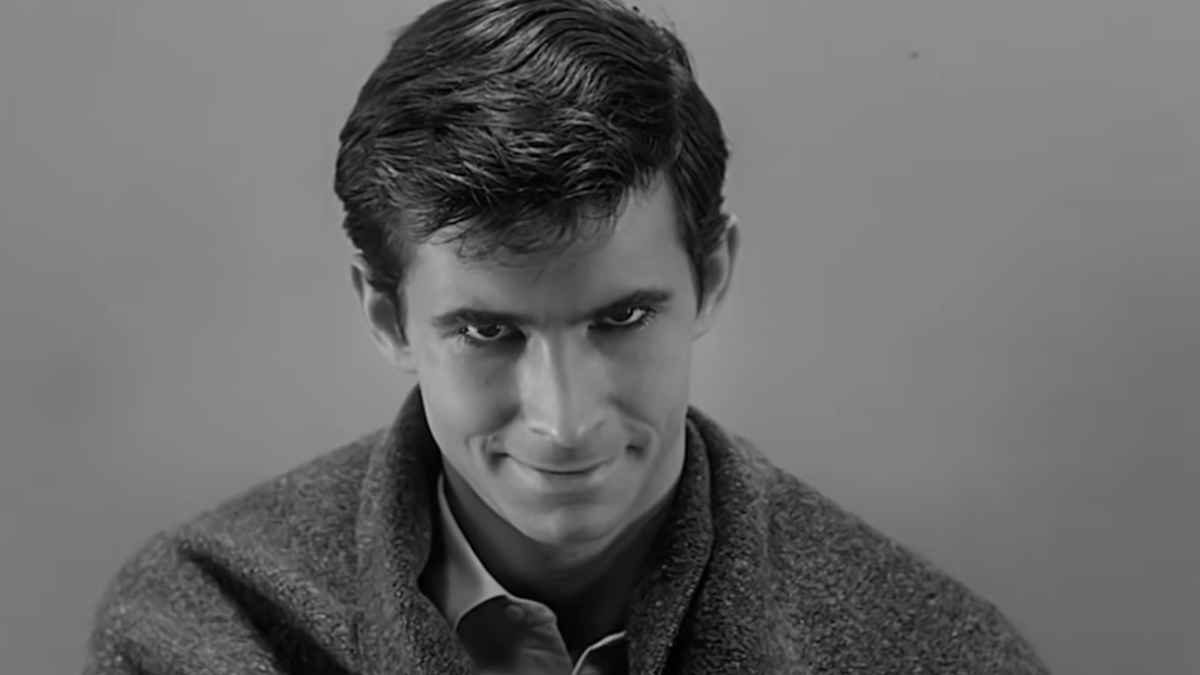
Psycho is not just one of the most influential horror movies of all time, its antagonist Norman Bates (Anthony Perkins) is one of the most pivotal characters in film history. You can teach an entire college course on what Norman Bates represents in the areas of psychology and gender studies, not to mention how horror and suspense movies rely on narrative twists to keep audiences guessing like Psycho did. But above all else, it’s Anthony Perkins who imbued Norman Bates with eerie textures, inhabiting him less like an actor playing a role and more like a wolf taking on a disguise. There’s something behind that smile of his, and none of it is good.
5. Dr. John Wade Prentice and Christina Drayton (Guess Who’s Coming to Dinner)
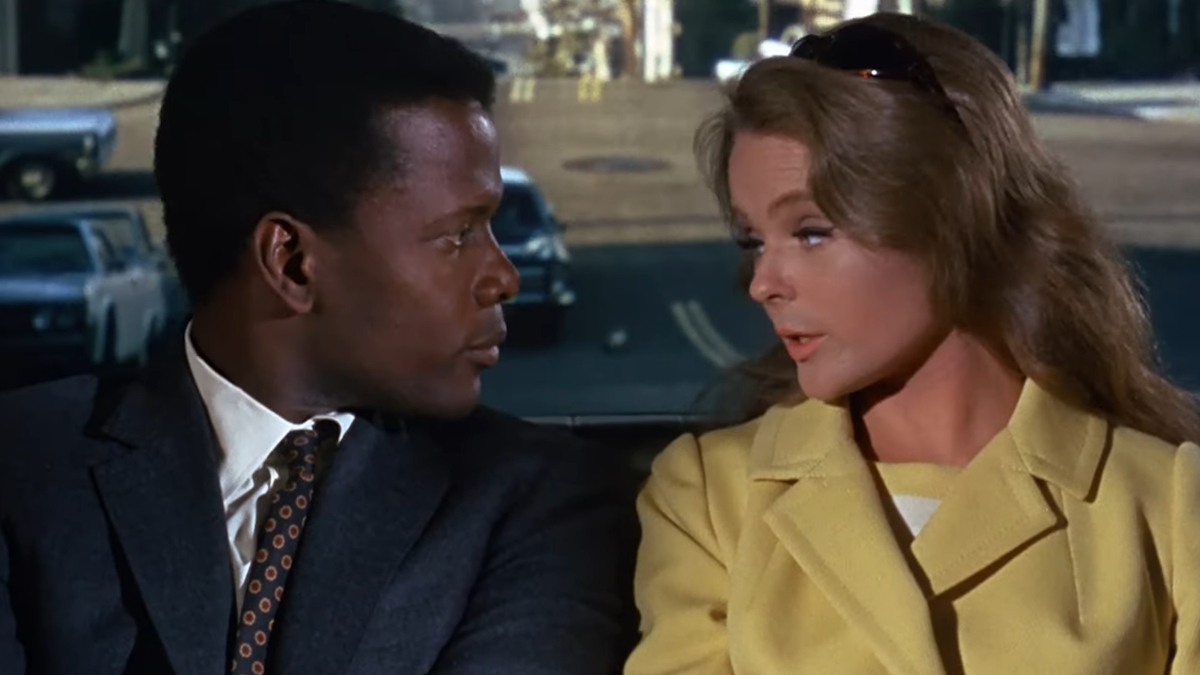
In a way, there’s nothing remarkable about Dr. John Prentice and Christine Drayton. They’re yuppies in love, so easy to imagine in matching Mickey and Minnie t-shirts at Disneyland or rave about some dull bed and breakfast. But Stanley Kramer’s Guess Who’s Coming to Dinner was released in 1967, when miscegenation was still illegal in many parts of the United States. So this pleasant couple, a Black male doctor (the legendary Sidney Poitier) and the young white daughter (Katharine Hepburn) of wealthy white liberals, are in fact radical characters, less as people than what they represent: How love can and will transcend racial backgrounds. Being a lighthearted rom-com that unambiguously grapples with racism through its gorgeous couple makes Guess Who’s Coming to Dinner infinitely more important, and more consequential, than its good looks imply.
4. Sanjuro (Yojimbo and Sanjuro)
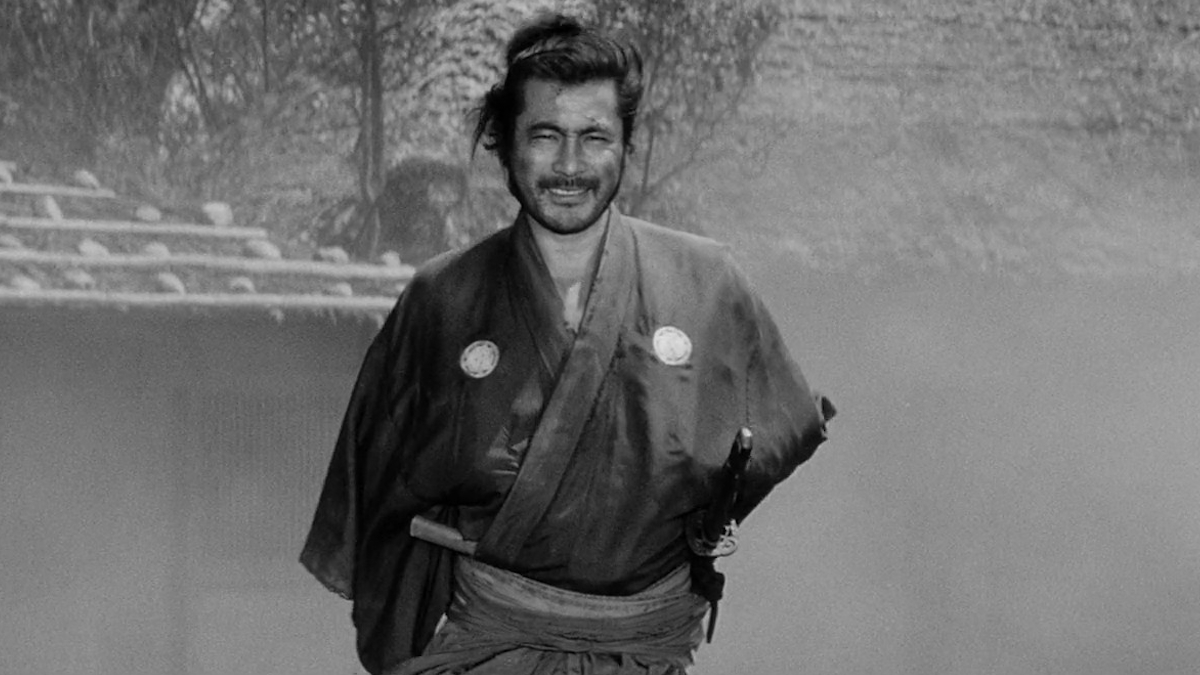
Toshiro Mifune played characters other than samurai throughout his movie career. But he is still heavily associated with them, and it’s because of movies like Yojimbo and Sanjuro in which he starred as the wandering anonymous ronin who goes by the name Sanjuro. While Yojimbo and Sanjuro are different films in terms of story – the latter originating as an adaptation of a novel before being reworked into a direct sequel to the massively successful former – they both have the fiery Toshiro Mifune as the fearsome swordsman who gets up into various affairs in his travels. If samurai movies are truly analogous to Westerns, then a character like Sanjuro can surely rival, and maybe share a lot in common, with characters like the Man with No Name.
3. The Man with No Name (The Dollars Trilogy)
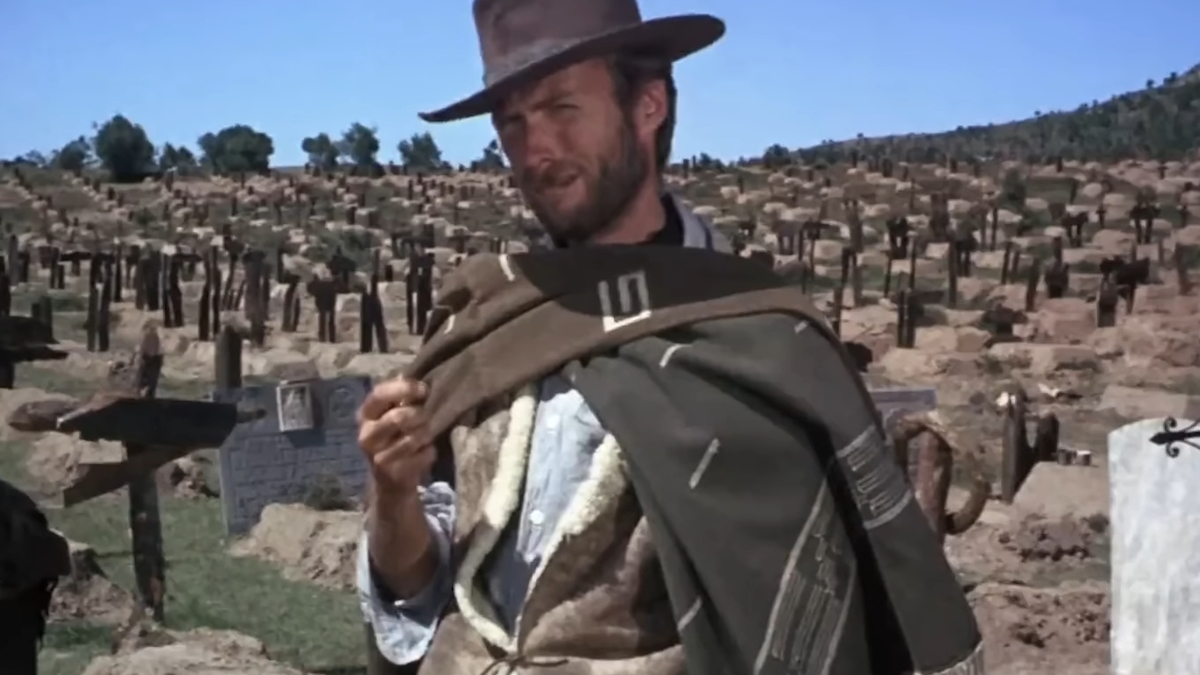
It was not Sergio Leone’s intention for Clint Eastwood’s slick gunslinger without a name to lead a movie trilogy. But starting with A Fisful of Dollars in 1964 and ending with The Good, the Bad, and the Ugly in 1966, Clint Eastwood played one of the greatest and most enigmatic anti-heroes in the whole canon of Western movies. Brought to life by a sweaty Eastwood, with squinting almond eyes, a bad attitude, and a poncho (whose onscreen origins actually create a semi-defined timeline of the trilogy), the Man with No Name is simply one of the coolest and most dangerous men to ever hold a revolver, a formative figure that characters like John Wick, John Marston, and The Mandalorian owe a debt.
2. James Bond (The 007 Series)
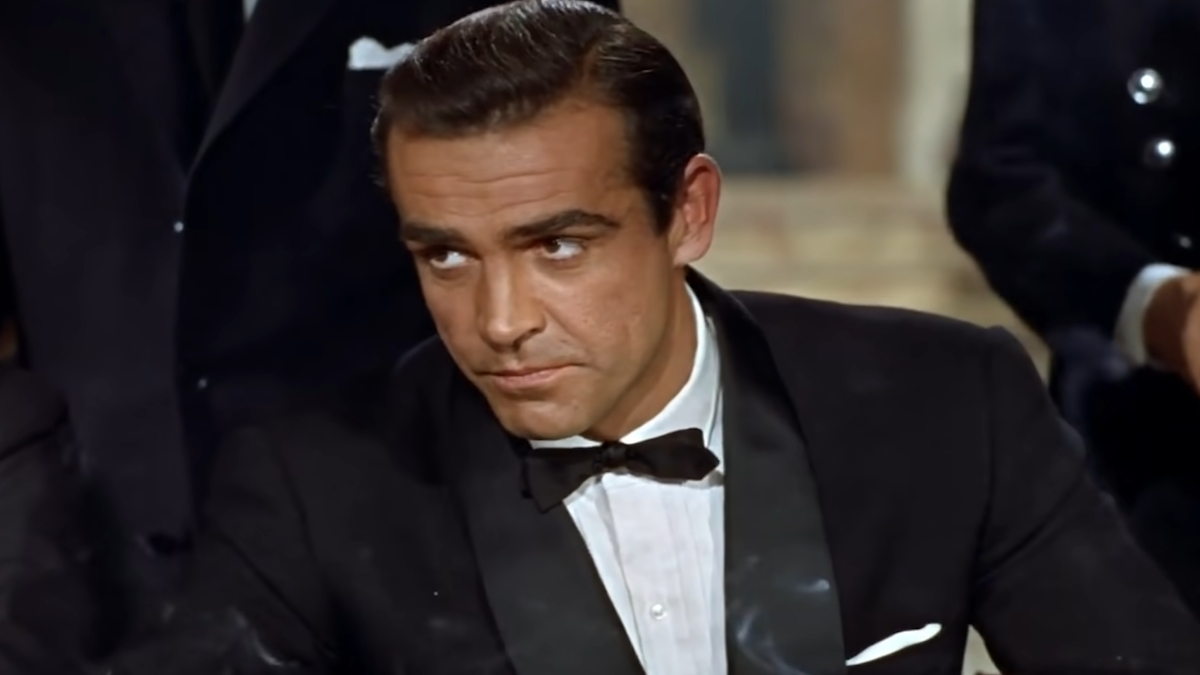
His name is Bond… James Bond. Originating as the problematic spy of Ian Fleming’s literary works, it was Sean Connery who forever shaped our impression and subsequent expectations of James Bond for decades to come. He’s handsome, he’s charismatic, he’s a bit too handsy for modern tastes. But he’s Bond, a man of action and a man of mystery that generations will always aspire to emulate.
1. Atticus Finch (To Kill a Mockingbird)
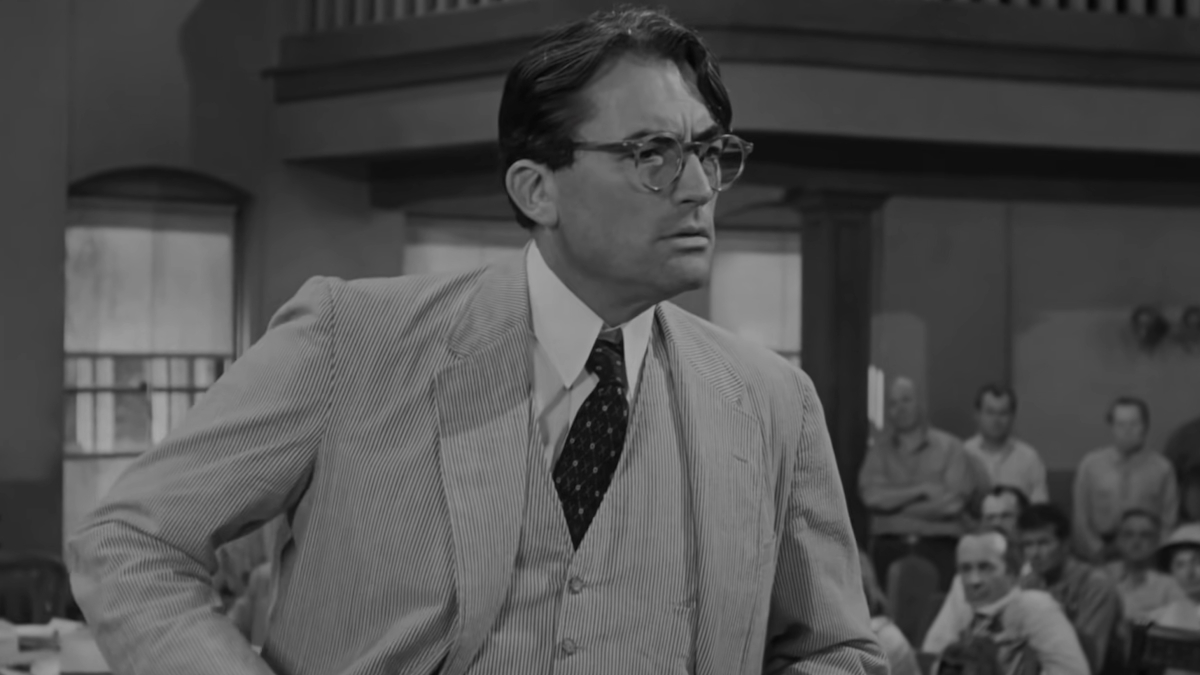
It takes more than knowing to do the right thing. You have to know how to do the right thing, to stand up for it and argue for it. Even when the people around you stare daggers into your own eyes to say otherwise. In Robert Mulligan’s film version of Harper Lee’s classic novel, Gregory Peck breathes life into model lawyer Atticus Finch, who argues on behalf of an innocent Black man accused of raping a young white woman in segregated Alabama. (To Kill a Mockingbird was released a full two years before the Civil Rights Act of 1964 struck down segregation as unlawful.)
It is popular legend that Atticus Finch has been an inconvenient role model among idealistic lawyers. But that doesn’t negate Atticus’ power as a character, instructive in his morals and a north star for all of us to know that right and wrong isn’t a simple matter of what everyone else thinks it is. Atticus Finch is not just one of the best movie characters of the 1960s – he’s one of the best to have ever been created.







